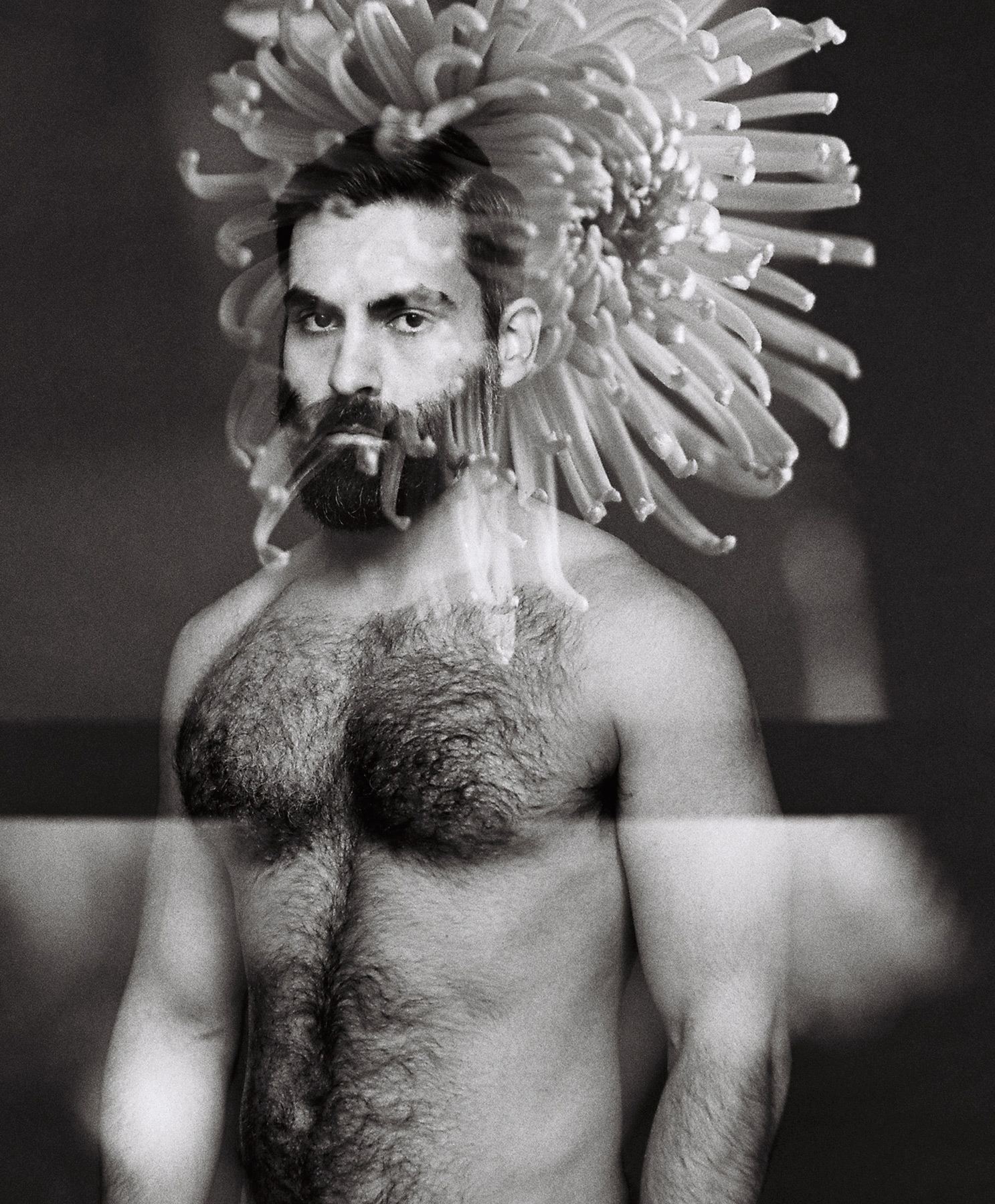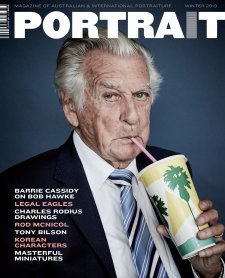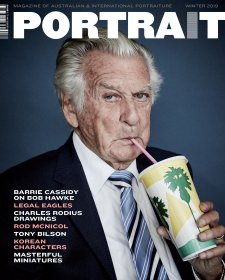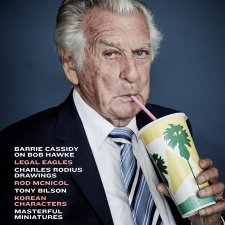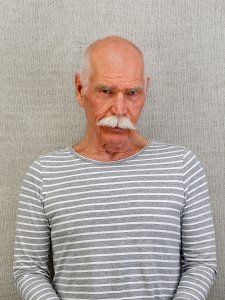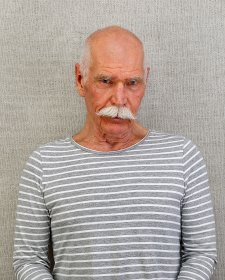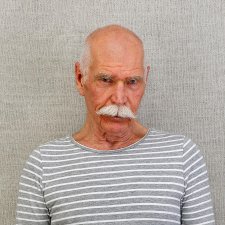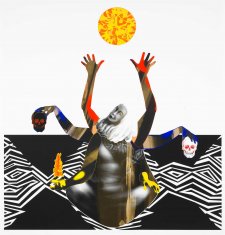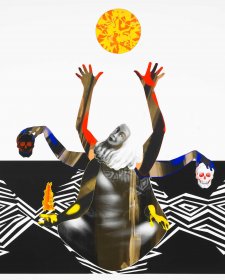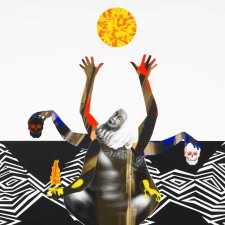I work with portraiture as a way to explore the nuances and complexities of contemporary selfhood and subjectivity. I’m interested in people and how they interact with others and present themselves to the world. For me, portraiture is also a way of working with people in a collaborative mode, which I really enjoy.
In fact, I think it’s essential to work in this way when creating a portrait – in collaboration with one’s subject, as part of a dialogue about representation and self-other relations. Rather than being overly prescriptive and directorial, I think it’s important for the subject to have agency as part of the making of their image; to understand the process of its making; to know where it will be seen and by whom.
I believe they need to be comfortable with these things for the portrait to
be successful, and also for me to feel comfortable with its creation. Sometimes I work with people I know, or professional performers; but I also regularly photograph people I don’t know, and who aren’t performers as such, who may have responded to a call-out for a particular project I’m working on.
This portrait of Karlo is part of an ongoing series of double-exposure black and white photographs I’ve been working on for a few years now. I hadn’t met Karlo before the shoot, but he knew my work and was keen to participate in the project. The process of making the double exposure photographs involves running a roll of film through a camera and exposing it twice – so effectively overlapping two photographs within the one image. This methodology opens up the process to chance: one doesn’t know how the two images will combine, and what the exact outcome will be. This degree of experimentation in the making of the image, I believe, also frees up the subject at the time of the shoot, as it provides the opportunity for play and takes a bit of pressure off, removing that concept of ‘getting it right’. It’s more about allowing interesting accidents to occur, and coming up with something unknown or unexpected.
